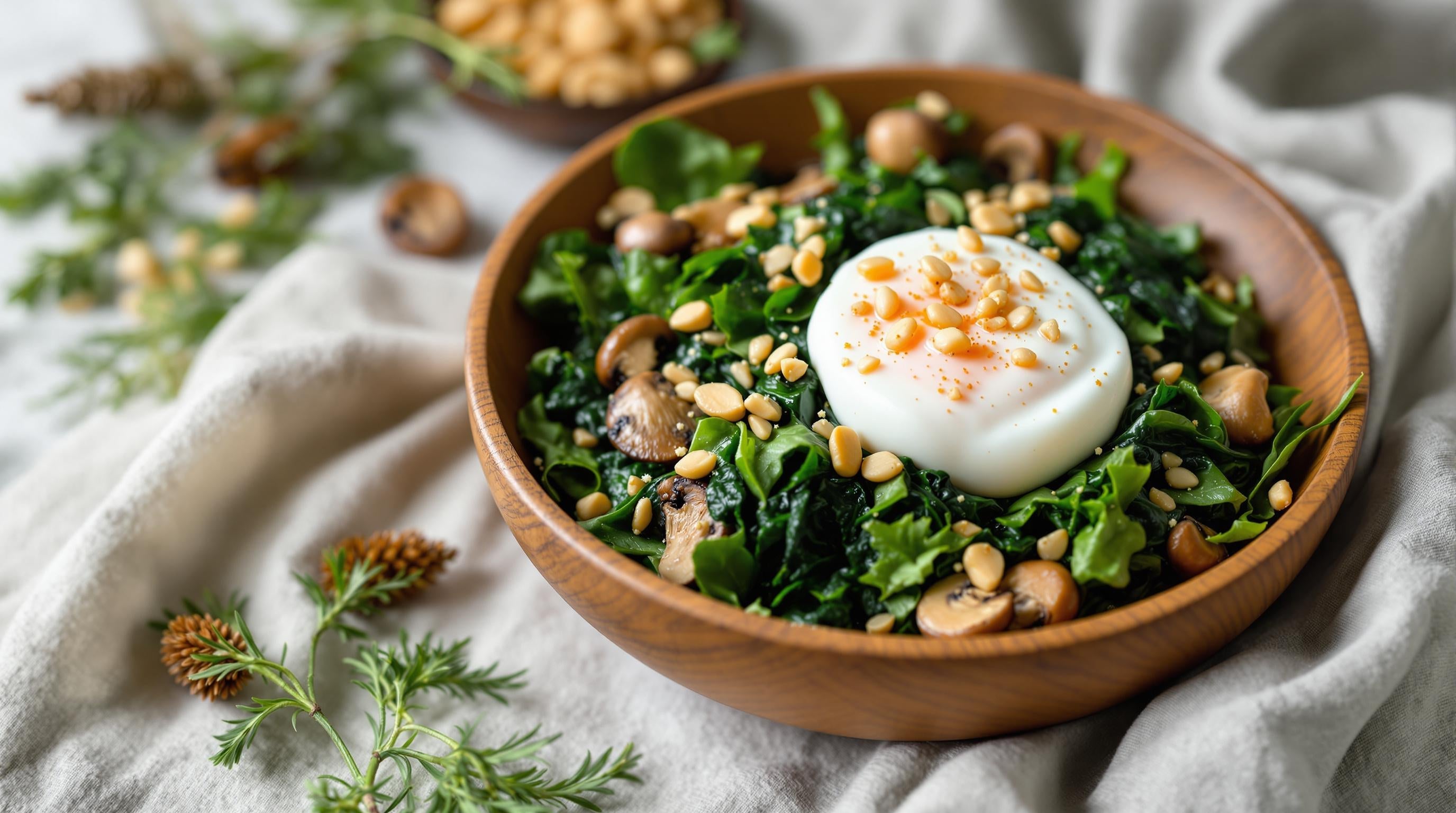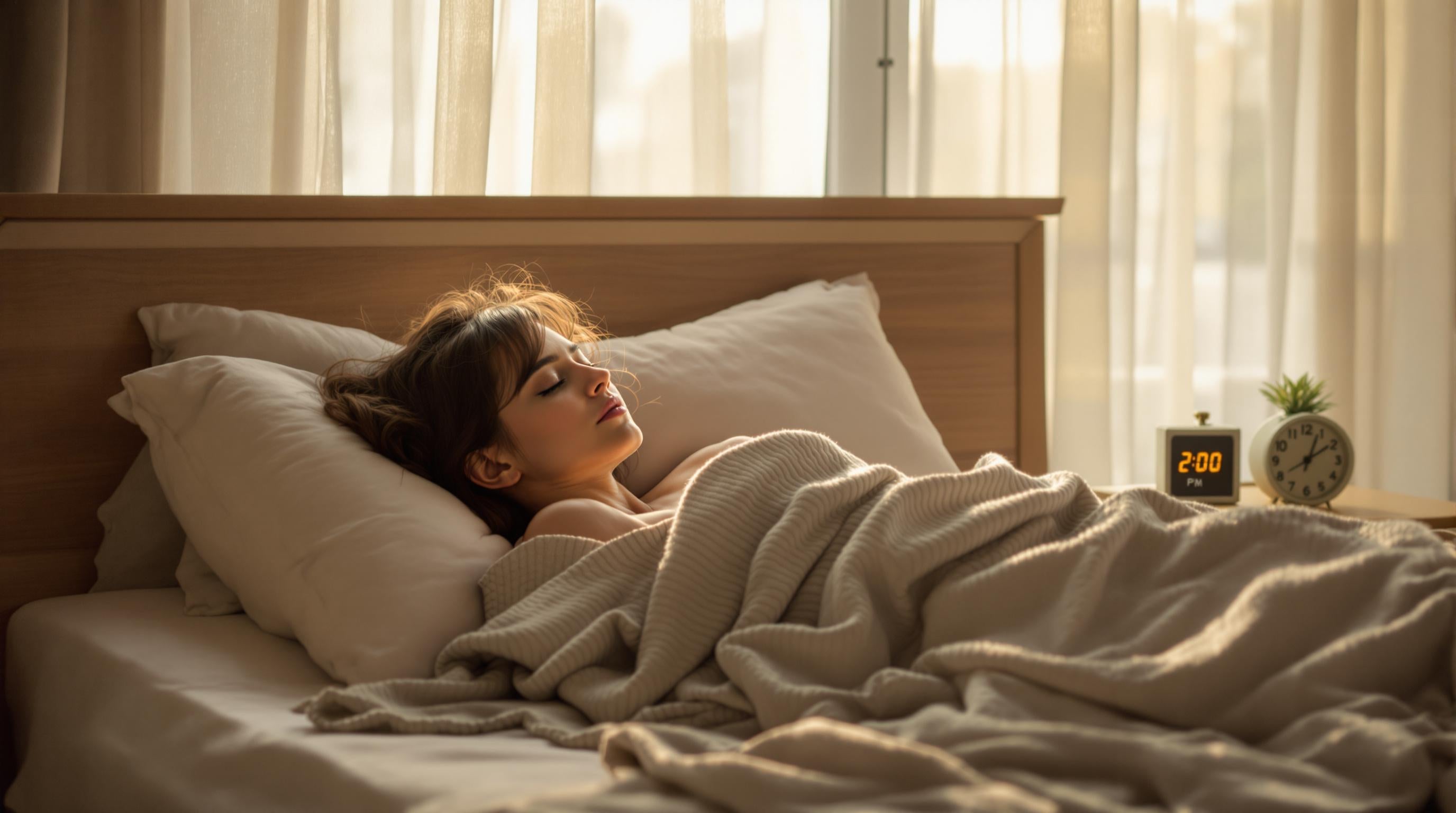You’re mid-squat, eyes locked on your reflection, when it hits you: Wait, are my knees supposed to wobble like that? Welcome to the fitness revolution where your mirror isn’t just a selfie backdrop—it’s become your most honest coach. New research reveals that exercisers who prioritize form-focused mirror work over rep counts gain strength 23% faster and reduce injury risk by nearly 40%[1][3]. Let’s break down why your reflection might be the most underrated piece of gym equipment.
The Neuroscience of Mirror Training
Your brain’s mirror neuron system—the same neural networks that fire when you watch someone else move—lights up when you observe your own movements in real time[5]. This creates a powerful feedback loop where visual input:
- Enhances mind-muscle connection by 31% compared to non-mirror workouts[1]
- Activates stabilizing muscles often overlooked during rep-focused training[3]
- Triggers cross-education effects that improve coordination in opposite limbs[5]
A 2024 study found lifters using mirrors could maintain perfect barbell alignment 68% longer than those counting reps blindly[2].
Three Mirror Techniques That Beat Rep Counting
1. The Form Check Flow
Instead of tracking numbers, run this mental checklist during each set:
- Shoulders stacked over hips in squats?
- Spine neutral during deadlifts?
- Knees tracking over toes in lunges?
2. Imbalance Interception
Mirrors expose subtle compensations like:
Left side dipping lower → Right hip weakness
Right arm rising faster → Left shoulder instability
These early warnings prevent long-term muscle asymmetry[3].
3. The Motivation Multiplier
Watching muscles contract creates a dopamine-driven feedback loop—participants in mirror-training studies reported 45% higher workout satisfaction[4].
Injury Prevention Through Glass
Real-time visual feedback helps you:
- Catch form breakdowns before they become injuries
- Maintain joint alignment under fatigue
- Adjust load distribution mid-exercise
Rehabilitation centers now use mirror therapy to help patients regain proper movement patterns post-injury[5].
Your Mirror Cheat Sheet
| What to Watch For | Common Fixes |
|---|---|
| Forward head posture | Tuck chin like holding egg |
| Arching lower back | Engage core 20% harder |
| Knees collapsing inward | Press outward through feet |
Next time you hit the gym, try this challenge: Cover the rep counter on your machine and focus entirely on mirror form for one week. You might just discover muscles you never knew existed—and save yourself from that tweaky shoulder that’s been nagging you since 2023.
For those looking to enhance recovery between mirror sessions, consider pairing form-focused training with recovery modalities like red light therapy—the perfect combo for building strength while keeping joints happy. Now go have a conversation with that reflection—it’s been waiting to coach you to your strongest self.
Thanks for Reading!
We hope you enjoyed this article. Interested in enhancing your wellness journey? Check out our Red Light Therapy Products to see how we can support your goals!
Dive in Deeper
Here are all the resources mentioned:
- [1] https://mirrorsdelivered.com/blogs/tips-and-tricks/how-mirrors-impact-posture-injury-prevention-in-workouts
- [2] https://barmethod.com/blog/the-science-behind-working-out-in-front-of-a-mirror/
- [3] https://robleglass.ca/maximizing-your-workout-how-gym-mirrors-enhance-exercise-form
- [4] https://www.kyliegilbert.com/blog/should-you-use-a-mirror-to-fix-technique-at-the-gym
- [5] https://pmc.ncbi.nlm.nih.gov/articles/PMC3721498/



